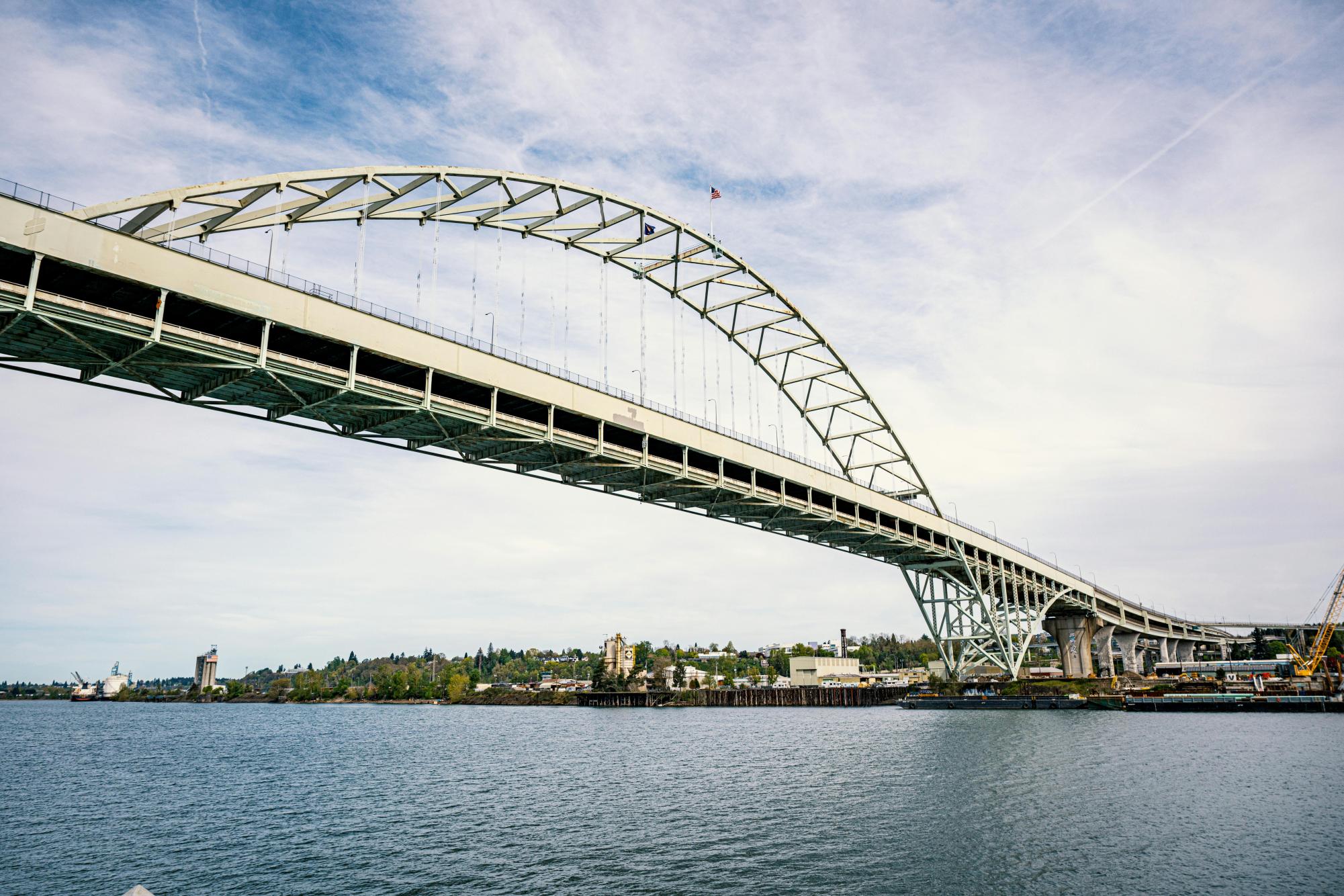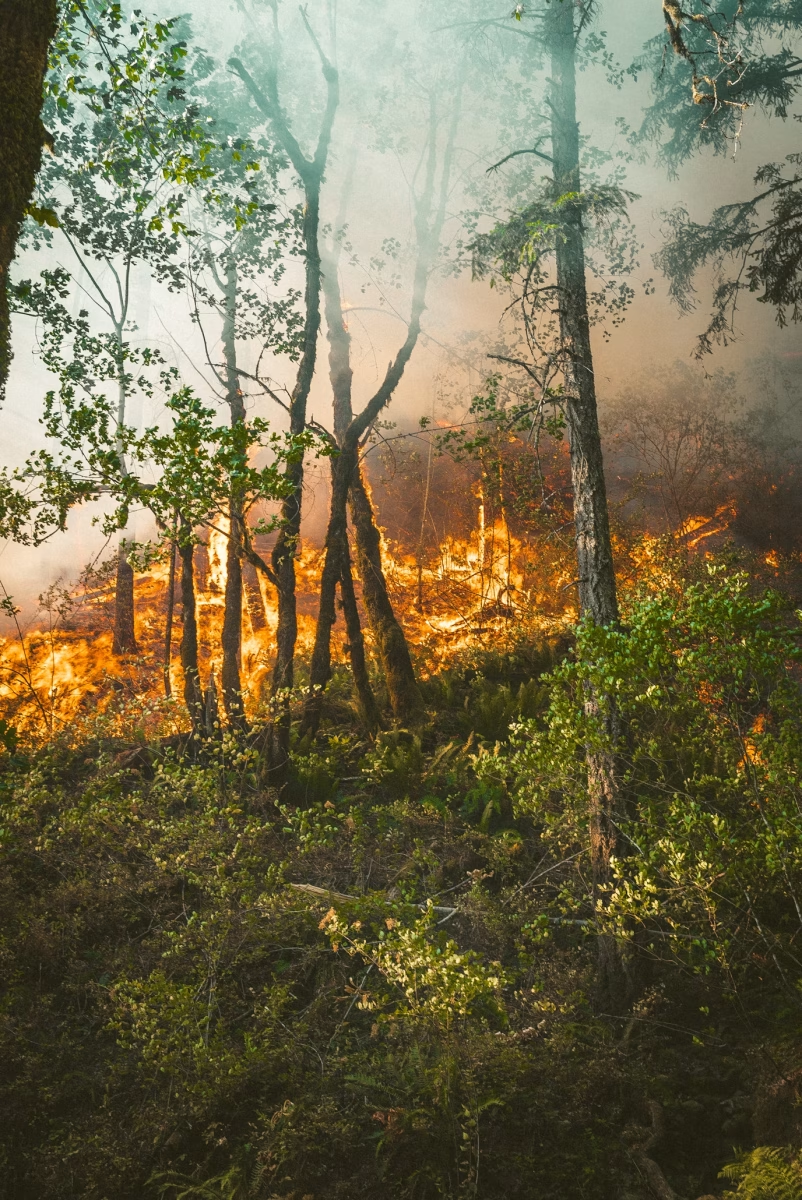Oregon’s Preparedness for “The Big One”
Roughly 120 miles off the coast of the Pacific Northwest, there lies the Cascadia Zone faultline which is predicted to rupture at any given moment, though there is no precise date. For years the Juan de Fuca tectonic plate has been sliding beneath the North American plate causing great stress to build, and at any given day it could be released.
Is Oregon prepared for this disaster, and the tragedies that will come with it?
Infrastructure Preparedness
Much of Oregon’s infrastructure was constructed before seismic risks were fully understood. Are the buildings Oregonians sleep in and the bridges they drive on ready for this impact?
According to Chris Higgins, a Civil Engineer from OSU, the overall answer to how prepared Oregon is for this earthquake is “not well prepared.”
“We built a lot of our infrastructure without considering the fact that the ground can shake… and it hasn’t ever been subjected to strong ground shaking,” Higgins said. ”So as a result, we have vulnerable infrastructure that will not perform well when the ground does shake violently.”
He continues to say that many of Oregon’s older bridges and buildings are more at risk because they were constructed before seismic safety was a design consideration.
“The most common thing that happens is the vertical part of our structures — the columns — are the parts that fail,“ he said. He then said, once you lose a column, all the floors come down.
Even though this earthquake will most likely destroy many of Oregon’s historical and older buildings, there are ways to improve these infrastructures without demolishing the standing buildings.
Higgins and his team at OSU are actively researching seismic retrofit techniques that could help save Oregon’s infrastructures. This retrofitting they’re working on can take old bridges and upgrade them to ready performance-level codes.
“We can wrap [columns] with steel, with carbon fiber, and we even do work where we’re wrapping them in titanium,” Higgins said.
He also said that people think using titanium is way too expensive, but they are using it very “strategically” and “not using a lot” making it slightly more cost-effective.
Not only do Oregon’s bridges face their columns collapsing but they face the soil and footing which they rest upon collapsing. During this earthquake, Oregon faces risks like liquefaction where the soil behaves like quicksand when the ground is shaking.
“A lot of our bridges are resting on what are called spread footings… if the soil loses strength those structures could shift or collapse,” Higgins said.
Most of the critical infrastructure in Oregon such as hospitals, police stations, and firehouses were built in modern times, and are generally better equipped to withstand a major earthquake.
Healthcare and First Responders Preparedness
In the event of this natural disaster healthcare systems and first responders must be ready to jump into action, but are they?
Currently, coastal hospitals are enhancing their structural resilience to withstand these violent shakes. The Oregon Health Authority has worked with 11 coastal hospitals to prepare for isolation. Dr. Lesley Ogden, CEO of Samaritan North Lincoln Hospital interviewed by OPB, voiced the need for self-sufficiency during this isolation.
“We should expect to be totally on our own without deliveries of fuel or water or anything else,” Dr. Ogden said.
And now, new facilities are incorporating sound structural designs, like flexible piping, and solutions for alternative water and power sources. Another innovative solution that is being explored to improve healthcare systems is microgrids. Microgrids are localized electrical grids that work independently from the main power grid.
“The beauty of a microgrid system is that during a disaster it helps us take care of our community and during normal operation times it helps reduce the overall cost to the hospitals for electricity— and it’s a green solution,” Jeff Lang, CEO of Coquille Valley Hospital said when interviewed by OPB.
Community Preparedness
Since the 1990’s, Oregonians have gained awareness of the fact that a large earthquake will hit, but have they prepared for this disaster? Are they prepared for the other natural disasters such as landslides, tsunamis, and sinkholes to happen as well?
In response to these inevitable threats to come with this earthquake some Oregon communities are proactively preparing. In Depoe Bay, just outside of Lincoln City and Newport, residents like Karen Andreika have joined local emergency response teams to help their community. Together Andreika and response teams have raised funds to purchase a large stock shipping container that contains essential supplies.
“We’ve got beans, oatmeal and rice for long-term storage,” Andreika said when interviewed by OPB.
Similarly, Seaside has taken an approach to prepare by filling 119 barrels with enough food to support 20 people for about 3 days. The barrels have been strategically placed in homes above tsunami zones for access and to try and keep them from getting ruined. Meanwhile, down the coastline, Newport has invested in making higher elevated areas designated for tsunami evacuation. These places and supplies will be crucial for people when the time comes.
“This is where a lot of people from down below will end up, and we wanted to have supplies to help with them,”Andreika said.
Even though most Oregonians are not prepared for this event, many coastal cities have thoroughly thought this through and are planning and prepping every step of the way.
Inward back in Corvallis, OSU has created a free online course to help educate and prepare the citizens of Oregon for all the natural dangers that will strike with the Cascadia Zone earthquake. The free online course has four modules to learn about the Cascadia Subduction zone, steps to take when shaking occurs, what to do after the earthquake, and additional information and education for community help. These four elements are resources to help any individual prepare for this disaster.
Along with all of these efforts, Chris Higgins believes Oregonians might be better off when connectivity is lost, and Oregon’s community is pretty much on its own because of the state’s “outdoorsiness” despite all of the worries and unreadiness.
“We are a pretty self-reliant culture. People have tents, campers, camping stoves… I think the population is naturally more self-sufficient than a lot of other places,” Higgins said.
Overall Oregon has made some big strides in the right direction, but it still has a long way to go. As these community members, first responders, civil engineers, and hospital directors have shown it is never too late to prepare.
“There are things you can do to prepare — tie your bookcases down. Install a gas shutoff valve. Have some water. Have some supplies. It’s not about being a prepper — it’s just being ready,” Higgins said.
When the ground finally starts to shake, those steps may make all the difference.







